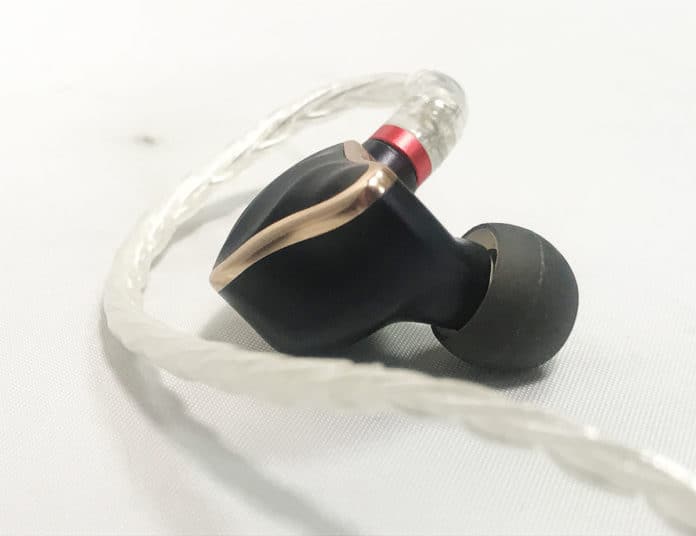I’ve been hearing buzz about the FiiO FH7 for quite a while. As a big fan of the FH5, I was seriously looking forward to checking these out! Well, finally, this week I got a chance to spend some quality time with the FH7. For $449, what can you expect from FiiO’s flagship IEM? Let’s take a closer look with this FiiO FH7 review.
Affinity for Specificity – FiiO FH7 Review
In the Box
-FiiO FH7 IEMs
-detachable MMCX cable with 3.5 mm connector
-assorted eartips: three pairs silcone balanced tips, two pairs foam tips, three pairs silicone vocal tips, three pairs silicone bass tips, three pairs SpinFit tips, one pair two-flange tips
-exchangeable filters: bass boost, reference sound, high boost
-leather storage case
-zipping canvas carrying case
-magnetic clip
-cleaning tool
-documentation
Design
Look and Feel
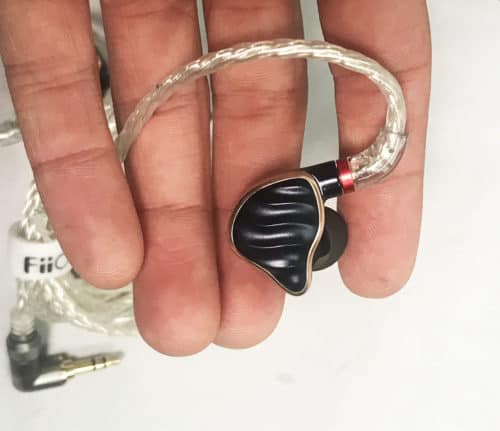
The FiiO FH7 is stunning, with a mature and classy look. FiiO says its design was inspired by the dark waves of a powerful ocean. A rose gold colored outline highlights its matte black finish. Additionally, its silver colored nozzle (made of aluminum?) holds the IEM’s detachable filters, which are switchable by screwing them on and off.
In my hands, the FiiO FH7 feels extremely strong and durable. The shell is made of aluminum magnesium alloy. As a result, it is both durable and lightweight.
The shells of the FiiO FH7 have a medium size. While they are certainly universal IEMs as opposed to custom, their shape looks like it tries to follow the ear shape, and thus have a semi-custom look. Additionally, the edges of the FH7 are smooth and curved, so it should sit easily in the ear.
Comfort and Fit
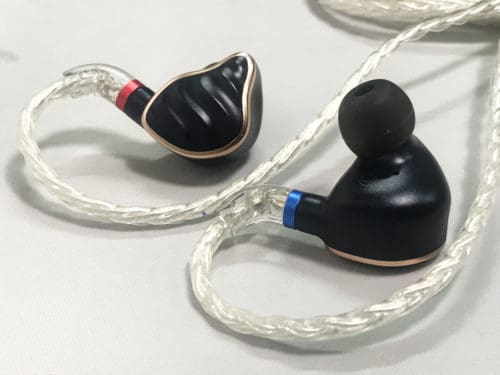
The FiiO FH7 fit wonderfully in my relatively small-ish ears. I found a seal almost immediately. However, due to their size, they did touch the outside of my ears a little bit. This touch was a little bit cold at first, but warmed up quickly. Additionally, I was impressed by their comfort. The round, smooth edges didn’t grow irritating for me. Rather, after a while of listening, I forgot they were in my ears altogether.
Cable
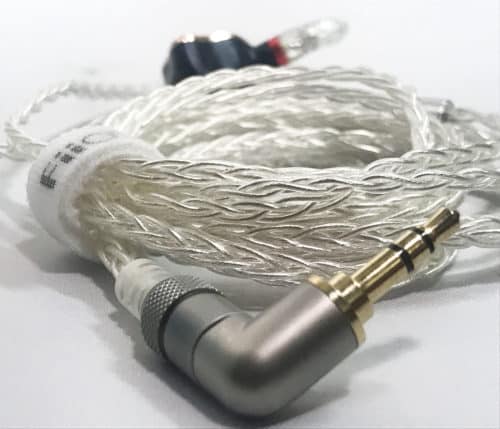
The cable of the FiiO FH7 is a litz style cable. It has 8 individually insulated conductors which are braided together. Additionally, the cable has a beautiful look because the jackets are clear, revealing the gorgeous copper-plated silver wires.
Additionally, the cable of the FiiO FH7 has a standard length of 1.2 m. And while the 8 strands of wire eventually bundle to make a wire that is slightly thicker than I would want, they are malleable and wrap up extremely easily. They are not stiff, and are easy to control.
Drivers
The FiiO FH7 has five drivers in total: four Knowles balanced armature drivers and one beryllium dynamic driver. They work together through a special crossover and a turbo acoustic design.
A Knowles SWFK-31736 powers the high and ultra high frequencies of the FiiO FH7. These drivers are used in other high-end IEMs and have a clear sound without being harsh, according to FiiO. Next, FiiO and Knowles collaborated on a balanced armature driver which is dedicated to the middle frequencies. This collaboration was in an attempt to bring more body and soundstage to the midrange. Lastly, the low frequencies come together via a 13.6 mm beryllium dynamic driver. This is the same material that goes into high-end Focal headphones, so I’m super excited to see how the bass comes across with these IEMs.
Filters
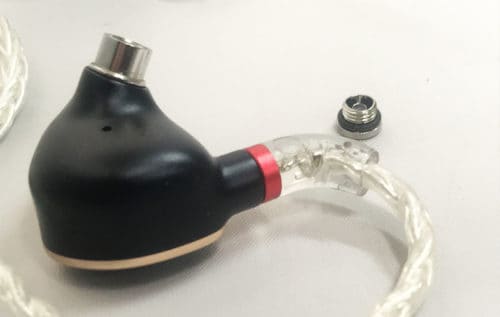
The FiiO FH7 comes with three filter options to account for folks’ different tastes in sound signatures. The filters are switchable by screwing off and on the tip of the nozzle of the IEMs.
Bass Boost
-boosts what sounded like 40 Hz and 80 Hz
-a subtle boost that adds a little bit of extra punch and depth
Treble Boost
-an upper octave and upper treble boost
-brings forward the texture of high frequency rich instruments
Reference
-the following sound analysis covers the specifics of the sound of the Reference Filter along with the balanced silicone eartips
Sound
Low Frequencies
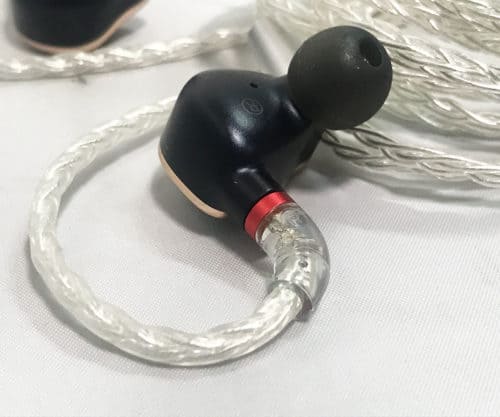
The low frequencies of the FiiO FH7 have punch and groove. A sub boost at what sounded like 30 Hz gave a feeling of depth and extension to low-frequency rich instruments like kick drums and sub synths. Additionally, a boost around what sounded like 60 Hz gives it punch and energy. The low frequencies in general have a feeling of spaciousness around them. They have a sense of quickness. As a result, they contribute to the groove of the song, especially when a kick and bass guitar, for example, play together.
For example, when I was listening to the song Desperado by Rihanna the sub synth sounded deep and energetic. Due to a feeling of quickness and movement, I could clearly hear the swells and flares of the sub synth. As a result, while the low frequencies didn’t feel super foundational, they moved quite a bit and brought the track to life. Additionally, the kick drum, while not super huge feeling, had wonderful separation from the low synths. More of its energy seemed focused on the beater, but it still had fullbodiness.
Middle Frequencies
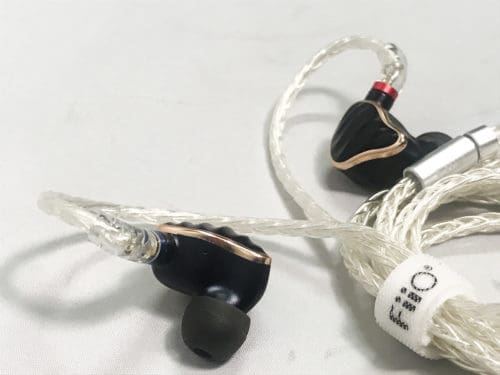
The middle frequencies of the FiiO FH7 have detail and harmonic complexity. A light bump around what sounded like 200 Hz gives fullness and forwardness to bass guitars, the left hand of pianos and organs, and cellos. Additionally, the middle part of the midrange seems to have a small dip around 400 Hz. This dip didn’t seem to make the middle feel hollow, though. Rather, it created a light sense of spaciousness in the midrange. Lastly, the high-mids had substantial emphasis, bringing the attacks of drums, the strum of strings, the hammers of pianos and vocals forward in the mix and in space.
For example, when I was listening to the song Carolina in My Mind by James Taylor the bass guitar sat a bit forward in the mix, each not coming through with equal energy. The piano, slide guitar, and fiddle have a feeling of articulation, but maintain fullness and a sense of realism to their timbres. However, the hammers of the piano, the snare snap and the strum of the acoustic feel more accented than usual. Additionally, James’s vocal sits forward in the mix with emphasis on the throat and face.
High Frequencies
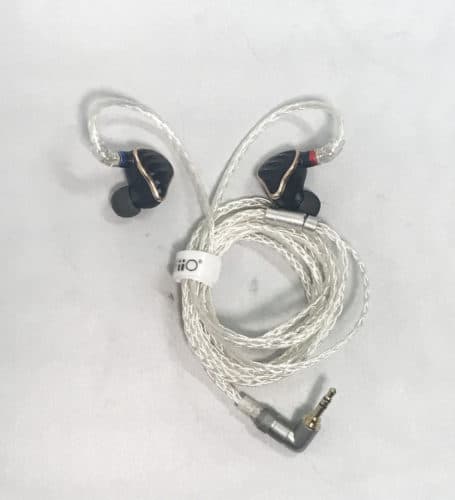
The high frequencies of the FiiO FH7 have emphasis, detail, and nuance. Highlights in the lower treble around 6 kHz give articulation and presence to all instruments with information there. However, this presence in vocals can sometimes come across as sibilance depending on the particular vocal and mix. Additionally, there is a boost across what sounded like almost the entire upper octave. As a result, the IEMs have a wonderful feeling of extension and lift which brings an air quality to the entire mix as a whole.
For example, when I was listening to the song So Tender by Keith Jarrett, the hammers of the piano felt more emphasized than normal. There was quickness and spaciousness to the hammers, which made these IEMs extremely effective for later parts of the song where the Keith played more fast, chaotic parts on the piano. Additionally, the upper octave’s emphasis brought life to the cymbals, piano, drums, and even the hand sounds in the upright bass. It helped to humanize the playing. And while the cymbals sounded harmonically complex and character driven, they all had a common, sparkly lift.
Soundstage
The soundstage of the FiiO FH7 was impressive! The feeling of extension in the highs and lows gave the sense of height a tall and expansive feeling. Additionally, the spaciousness across the entire frequency spectrum gave life to the sense of depth. The intimacy of the high-mid boosted vocals, for example, contrasted wonderfully from the instruments set further back in space. Lastly, the feeling of width had a panoramic feeling. The phantom center was strong and concrete, giving the more vivid and expressive width a chance to move without losing stability.
For example, when I was listening to the song Fever by Ray Charles featuring Natalie Cole the extension evident in the vocals, cymbals, finger snaps, and hand drum sat high above the head. This contrasted wonderfully from the extension of the bass guitar downward toward the chest. Additionally, the panning of the cymbals, keys, guitars, and strings felt wide and moving, which contrasted wonderfully from the solidity of the up-the-middle bass and lead vocals. Lastly, the presence of the high-mids brought vocals, transient drum snaps, and the attack of the guitar forward in space. This forwardness contrasted wonderfully with the far off rhodes.
Overview

Overall, the FiiO FH7 is my favorite FiiO IEM yet! It has a wonderful feeling of articulation and specificity, bringing mixes to life in a way you will not find in another IEM at this price point. For those that like a forward high-mid, and bright response, you’ll absolutely love the FH7.
The FiiO FH7 is available for the best price here:
MajorHiFi may receive commission through retail offers.
MAJORHIFI may receive commissions from retail offers.


